Category: Cloud Native
Cloud Native
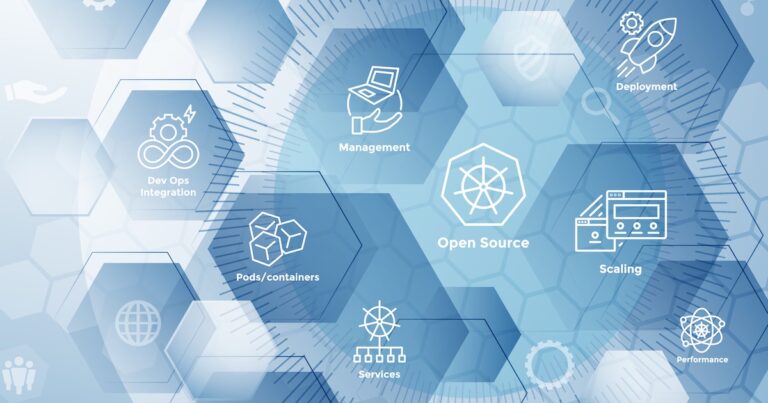
What Does Containerization Of An Application Mean?
The software development industry has been revolutionized by application containers, which offer developers a flexible and scalable means of developing, deploying and managing microservices. As containerization has gained popularity, the use of application containers has become more widespread, resulting in a wide range of different use-cases explored and adopted in…
Learn MoreCloud Native
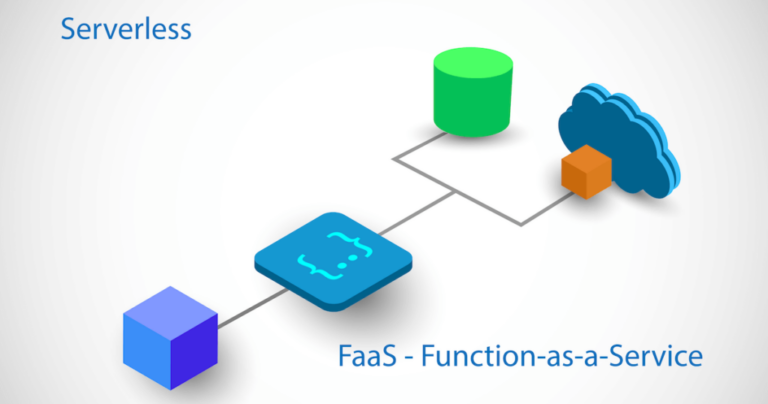
Function As A Service – What Is It? How To Do It?
In the past decade, the application development model has seen drastic shifts not only in adopting new tools and platforms but also in design thinking. Right from monolith to microservices and virtual machines to containers and then orchestration, we have seen applications and infrastructures to be developed, configured, and provisioned…
Learn MoreCloud Native

Microservices Deployment Options And How To Choose One?
Microservices are the most scalable way to develop software. But it makes no sense unless we choose the right way to deploy microservices. When it comes to microservices architecture, there are so many choices, and it’s hard to know which one is the best. Let’s see what are the best…
Learn MoreApplication Modernization
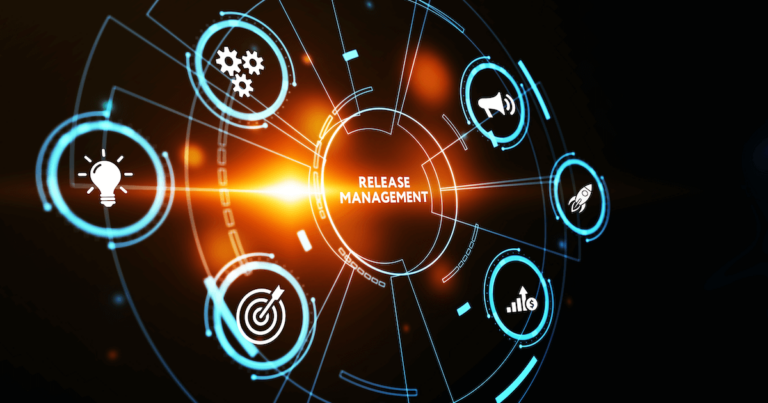
10 Advantages Of Using ArgoCD With Kubernetes
ArgoCD is a Kubernetes-native continuous deployment (CD) tool. Unlike other CD tools that only enable push-based deployments, ArgoCD can pull updated code from Git repositories and deploy it directly to Kubernetes resources. It allows DevOps to manage infrastructure configuration and application updates in one system. Argo enables teams to implement…
Learn MoreCloud Native

10 Kubernetes Mistakes And How To Overcome Them
Microservices, containers, and cloud-native services have experienced an upsurge because of Kubernetes’ success. K8S provides comprehensive assistance to develop and deploy large applications in chunks, scale out and scale in, observability of every deployed component and much more. It also makes the Kubernetes architecture heavily built and complex to manage…
Learn MoreCloud Native

Cloud Native vs Cloud Agnostic: Key Differences
When deciding how to proceed with cloud adoption, enterprises often debate the best cloud development approach. But they found themselves stuck around budding buzzwords of cloud computing. Cloud is still an evolving industry where innovation is happening at a rapid pace that invites innovative terminology. Cloud-native and cloud-agnostic are among…
Learn MoreCloud Native

Openshift Vs. Kubernetes: Major Differences Discussed
Red Hat has a pool of production-ready products for professionals in the Linux world. Among them, one such product includes OpenShift – a container management tool or Red Hat’s version of the Kubernetes-based orchestration platform. You may be wondering why we are talking about OpenShift when Kubernetes is already there…
Learn MoreCloud Native
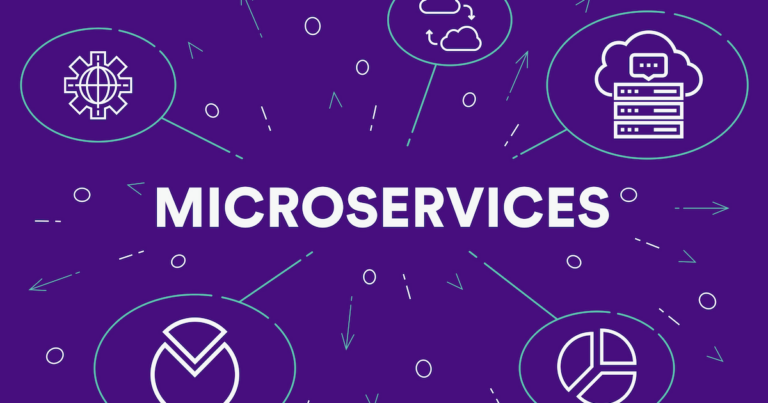
Why Migrate To Microservices & Kubernetes?
New startups and enterprises that had realized the direction of the technology long ago developed their applications for the cloud. Not all companies were so lucky, especially those running and operating businesses late over decades. However, they built their success decades ago on top of legacy technologies – monolithic applications…
Learn MoreCloud Native

The Top Benefits Of Containerization
Containerization has become a major feature of cloud-native applications. It provides agility and speeds up the deployment of an application or enhanced application code at the pace of requirement changes. Container or containerization is an innate evolution of virtualization. Virtualization, which has been crucial in distributing multiple operating systems on…
Learn MoreCloud Native
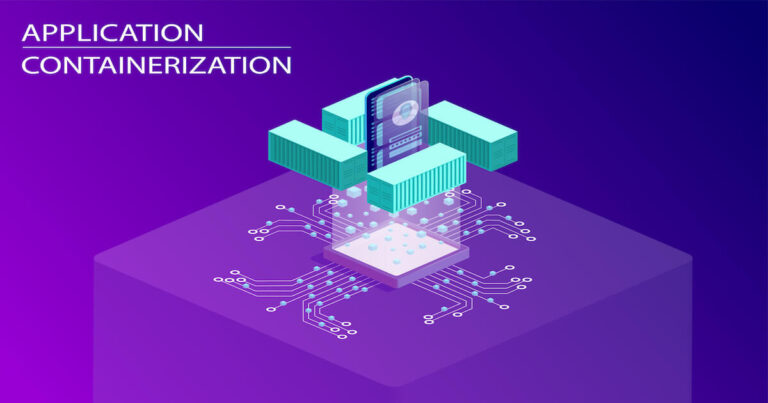
What Is Containerization?
Containerization refers to the packaging of software code and all of the necessary dependencies to run the code. It creates a single lightweight executable – called a container – that works on any infrastructure. A container is a form of operating system virtualization which is portable and resource-efficient to run…
Learn MoreApplication Modernization
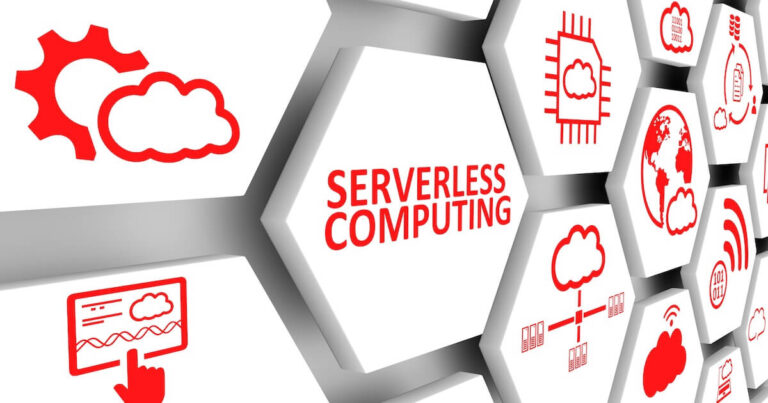
Serverless Computing: What Is It And Why It Matters To Enterprises?
Provisioning and managing the infrastructure of an application consumes the developer’s most productive hours and leaves no time for innovation. Serverless computing solves this problem. It has become a new form of architecture programmed for cloud platforms and is changing the way applications have been built, tested, deployed and consumed.…
Learn MoreApplication Modernization
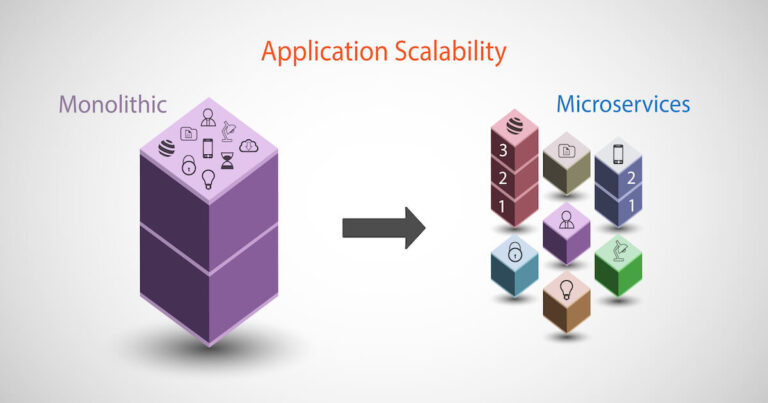
How To Develop A Cloud-Native Application?
Cloud-native is a concept of developing and running applications to take advantage of the distributed computing offered by several cloud delivery models. Cloud-native applications are designed and built to exploit the scale, elasticity, resiliency, and flexibility the cloud provides. Applications built on cloud-native platforms bring together business and IT closer…
Learn More